adidas vs New Balance Running Shoes: The Verdict From a Runner Who’s Tried Both
I’ve spent a lot of time running in and researching both adidas and New Balance shoes. They’re two of the biggest names in the game, and each brings something different to the table. But once you dig past the logos and the hype, you start to notice clear differences in how they approach running, design, and what kind of runner they really cater to.
adidas feels bold and fast-paced, always experimenting with new foams, lighter builds, and sharp silhouettes. Their shoes often lean into innovation, with a distinct emphasis on speed, energy return, and staying ahead of trends. Meanwhile, New Balance tends to focus more on stability, structure, and a kind of reliable comfort that appeals to runners who want something classic and supportive without the flash.
Both brands talk a lot about values, such as sustainability, performance, and access, but they express them in different ways. And depending on what kind of runner you are, one might feel like a better fit. Here’s what I found after getting to know each brand more closely.
Table of Contents
About adidas
adidas started in Germany back in 1949, and it’s become one of the most recognized names in sportswear. The brand is built on performance and a belief that sport has the power to improve lives. It designs gear that helps people move better, feel stronger, and stay consistent, no matter their pace or background.
It’s running lineup covers a lot of ground. There are fast shoes like the Adizero Adios Pro built for race day, and everyday pairs like the Ultraboost that deliver comfort without feeling bulky. adidas puts a lot into its materials and tech, including responsive foams like Lightstrike Pro and Energyrods that support smoother strides and less wasted effort.
Sustainability is part of the plan, too. adidas is working to cut down on plastic waste and use more recycled materials across its products. With global events, athlete partnerships, and its adiClub rewards program, adidas keeps growing while staying close to performance and style.
About New Balance
New Balance has been around since 1906. It started with arch supports and eventually became a major player in the global running scene. The brand is privately owned, with a strong presence in the U.S., and it’s known for making some of its shoes in domestic factories, which is rare in the industry.
It has a wide range of running shoes, from soft, cushioned trainers like the Fresh Foam 1080 to speed-focused models like the FuelCell SuperComp Elite. Many of its shoes lean toward comfort and support, especially for daily miles and longer efforts. New Balance tends to appeal to runners who want a solid build and a more traditional feel underfoot.
New Balance is also putting effort into sustainability. It’s using more recycled and better-sourced materials, and it shares progress through regular reports. The brand isn’t flashy about it, but there’s clear attention to how its products are made and how long they last.
What to Consider?
Apparently, there’s no shortage of options when it comes to running shoes, but choosing the right brand means looking beyond just style or price. Comfort, fit, durability, and how much they actually help me move better… those things matter more than branding or buzz. To really figure out which brand delivers the best running experience, I looked at several key areas that make a difference once you lace up and hit the road.
1. Ride Comfort
The way a shoe feels while running matters more than it gets credit for. It’s not just softness underfoot, but it’s how the shoe moves with you, absorbs impact, and responds to each stride. If you’re running often or going long, the overall feel can shape the experience. That’s why this is one of the first things to pay attention to when comparing running shoes.
adidas
adidas shoes tend to strike a nice balance between structure and step-in comfort. Models like the Ultraboost and Supernova Rise offer generous cushioning without feeling bulky, and many of their shoes have a secure, locked-in feel through the heel and midfoot. The brand also nails a good range of fit options, from snug race-day uppers to more forgiving daily trainers.
New Balance
New Balance has built a reputation around comfort, especially for runners who prefer a softer, roomier ride. The Fresh Foam series offers plush midsoles that feel cushy underfoot, and the wider sizing options are a plus for those who struggle with tight toe boxes. That said, the extra padding can feel a bit mushy for faster efforts, and some shoes lack the kind of responsiveness needed for tempo runs.
Verdict
Both brands offer comfort in different ways, but adidas feels more dialed in for running. Their shoes give you just enough softness without losing that responsive, springy feel that makes miles go by easier. It’s comfort built for momentum, not just cushioning for the sake of it.
2. Energy Return
I’ve found that energy return plays a big role in how a shoe feels during and after a run. It’s that springy, responsive sensation you get when the midsole gives something back with every step. It helps keep my legs from feeling completely drained, especially on longer or faster runs. The more efficient the rebound, the less work I feel like I’m doing… and that makes a real difference.
adidas
adidas running shoes, especially those in the Adizero line, really shine here. Lightstrike Pro foam feels light and lively underfoot. It gives a fast, responsive feel without being harsh. Add in features like Energyrods, and it creates a smooth roll through each stride that helps me keep momentum. It feels fast without trying too hard.
New Balance
New Balance has FuelCell and Fresh Foam X. FuelCell has a soft bounce that works well in speed shoes like the Rebel, and Fresh Foam X leans more toward cushioned comfort. Some models feel energetic, but others feel soft and plush. It depends a lot on the shoe. In general, I find the response a little more muted compared to what I get from adidas.
Verdict
adidas takes the win for energy return. The balance of bounce, responsiveness, and support helps me move better, especially when I need a push mid-run or late in a race. The tech just feels more dialed in.
3. Weight and Agility
A shoe’s weight might not seem like a big deal at first, but it definitely adds up over the miles. I notice it most during faster runs, where lighter shoes help me pick up the pace without feeling like I’m dragging extra baggage. A good lightweight shoe should also feel stable and quick when I shift direction or speed.
adidas
adidas nails this in many of their performance models. Shoes like the Adizero Adios Pro and even the Evo SL feel stripped down without sacrificing support. The materials are light but don’t feel flimsy. I can run long in them or do speed work without thinking twice. The design feels built for runners who want to move fast and stay efficient.
New Balance
New Balance has lightweight shoes, too, especially in the FuelCell Rebel and SuperComp lines. They do feel airy, and I appreciate the soft underfoot feel. But some of their shoes can feel a bit bulky in the upper or lose structure at higher speeds. That can make them feel a little less agile during tempo work or intervals.
Verdict
adidas wins here. The shoes feel fast without cutting corners. They stay light, hold their shape, and keep me moving the way I want. Just smooth and quick. For runners who care about speed and responsiveness, this really makes a difference.
4. Cushioning and Support
Cushioning plays a huge role in how my legs feel during and after a run. Some days I’m logging easy miles, other days I’m pushing harder—and I want shoes that can handle both without beating up my joints. Support matters too, especially when fatigue kicks in and form starts to slip.
adidas
adidas has figured out how to deliver cushioning that doesn’t feel soft for the sake of being soft. The Lightstrike Pro foam used in the Adizero lineup feels energetic without being squishy, and shoes like the Supernova Rise or Ultraboost balance comfort with a bit of bounce. I also feel stable in them, even on longer runs, which says a lot about the way the midsole and upper work together.
New Balance
New Balance tends to lean a bit softer. The Fresh Foam X feels plush, especially under the heel, which some runners will definitely enjoy. I’ve run in models like the 1080 and the More, and while they feel nice and padded, sometimes the softness gets in the way of responsiveness. Support is decent, but some shoes feel better for recovery runs than anything fast or long.
Verdict
adidas takes the edge here. The cushioning feels more balanced, like it’s soft enough to protect, but responsive enough to perform. That’s a tricky mix to get right, and it’s something I’ve come to appreciate more the longer I run.
5. Transition Feel
This aspect focuses on how smoothly a shoe moves from heel to toe, especially during different types of runs like easy days, tempo runs, or long sessions. A smooth transition can help reduce fatigue and keep your stride efficient.
adidas
In my experience, adidas running shoes handle transitions really well. The way the foam compresses and rebounds feels fluid, especially in models like the Adizero Boston or Supernova Rise. Even on slower recovery days, the ride doesn’t feel clunky or stiff. It rolls forward in a way that feels natural.
New Balance
Some New Balance shoes, particularly the Fresh Foam X line, do have a cushioned and soft feel, but the transitions can feel a bit slower depending on the model. FuelCell shoes are better in this area, though they tend to vary more in consistency across the lineup.
Verdict
adidas wins this one for me. The way their midsoles and outsoles are structured creates a smoother and more consistent transition across speeds. That matters when I’m switching from intervals to easy runs or anything in between.
6. Traction and Grip
Good grip isn’t just a trail runner’s concern. Wet pavement, dusty sidewalks, sharp corners—they all test a shoe’s traction. For me, this is one of those underrated things that only gets noticed when it’s missing.
adidas
I’ve had solid footing in most adidas models, especially the Adizero line. The outsole pattern and rubber compound provide a firm grip on both dry and damp surfaces. Even during fast-paced workouts, I rarely think about slipping. That kind of reliability builds trust.
New Balance
Some New Balance models do pretty well in this area, especially trail-specific options. But on road shoes, grip tends to vary more. It’s usually fine in normal conditions, but I’ve felt a bit less secure on wet ground or smooth concrete.
Verdict
I have more peace of mind in adidas shoes. They’ve been more consistent across the board, and that counts for a lot when conditions aren’t perfect.
7. Breathability and Upper Feel
No one wants their feet to feel like they’re inside an oven mid-run. Breathability matters, especially on long days or in warm weather. The upper also affects how locked-in or relaxed a shoe feels, and it’s something I pay close attention to.
adidas
The uppers on adidas running shoes usually strike a good balance between structure and airflow. Models like the Adizero SL and Boston have lightweight mesh that keeps air moving without feeling flimsy. The fit feels streamlined but not restrictive, especially once broken in.
New Balance
New Balance offers soft and often more padded uppers. They can feel a bit plusher around the foot, which some runners might like. But with that softness, breathability sometimes takes a hit. I’ve noticed more heat buildup on warm runs, especially in their more cushioned models.
Verdict
adidas wins for breathability and upper feel. Their shoes feel lighter and more ventilated without giving up structure or support.
8. Durability
Durability matters, especially for runners who clock in regular mileage or train across different conditions. A dependable running shoe should maintain its performance and structure for as long as possible, without breaking down too soon.
adidas
adidas running shoes tend to score well in long-term wear. Models across the Adizero and Ultraboost lines often show strong upper integrity and midsole resilience. The outsole rubber, particularly versions made with Continental rubber, adds grip and helps extend the life of the shoe even after high mileage.
New Balance
New Balance shoes also perform reasonably well in terms of build quality. Most models in the Fresh Foam and FuelCell families provide a stable ride over time, though some midsoles may compress faster depending on use and the runner’s weight or gait.
Verdict
adidas pulls ahead in this area. The materials hold up well over time, especially under regular use, and the outsoles tend to resist wear better than most. That consistency adds value for runners who rely on their shoes to last through heavy training blocks.
9. Style and Design
Looks aren’t the top priority for most runners, but they still matter, especially if you want a shoe that works beyond your miles. A solid design blends function with personality and gives you something you’re actually excited to lace up.
adidas
adidas running shoes tend to look sharp and modern. The lines are clean, the proportions feel fast, and the color options usually strike a nice balance between bold and wearable. Even their more performance-focused shoes still manage to look polished enough for daily wear.
New Balance
New Balance takes a more classic approach. Their running shoes lean conservative in style, often sticking to muted colors and familiar silhouettes. Some runners like that timeless feel, but others might find the designs a bit flat or dated next to more current styles.
Verdict
I give this one to adidas. Their shoes just feel more current and expressive without trying too hard. If you like a running shoe that performs and still looks good off the track, adidas pulls it off more consistently.
10. Price
This part goes beyond just how much a shoe costs. I look at what I’m getting for that price such as how it holds up, what features it brings, and how it feels on a run. A shoe might be more expensive, but if it performs better for longer, that’s real value.
adidas
adidas running shoes range from around $100 for entry-level models like the Adizero SL to $250 for race-ready pairs like the Adizero Adios Pro 3. For something well-cushioned but versatile, the Supernova Rise ($140) hits a nice middle ground. These shoes often include Lightstrike Pro foam, Energyrods, or next-gen uppers—tech that isn’t just for show. I’ve found that what you pay for with adidas typically translates to a longer-lasting, more responsive run.
New Balance
New Balance also spans a wide price range. The Fresh Foam X 880v14 ($139.99) and FuelCell Rebel v4 ($139.99) are positioned similarly to adidas’ daily trainers. Premium models like the SuperComp Elite v4 ($249.99) cost about the same as adidas’ top-tier racers. But even with similar price tags, I haven’t felt the same kind of performance boost or durability. The midsoles can lose some of their bounce earlier, and upper materials don’t always hold up as well.
Verdict
In my experience, adidas gives me more for my money. Even when the prices line up, the tech feels more refined, and the shoes hold up better. It’s not just about flashy features—it’s about consistent performance, and adidas nails that.
adidas vs New Balance Running Shoes: What Do Customers Think?
Before choosing a brand, I always like to know how real runners feel about the shoes, not just the specs. I’ve spent time digging into verified reviews and feedback across both adidas and New Balance, and the impressions are clear. Each brand has its strengths, but there’s a noticeable lean toward one when it comes to performance, comfort, and long-term satisfaction. Here’s what the running community is saying.
adidas: What Runners Are Saying
adidas running shoes are often praised for their lightweight feel, responsive cushioning, and modern designs. Runners who log miles regularly say the shoes feel fast and smooth, especially those in the Adizero line. The Ultraboost is another fan favorite, widely mentioned for its plush ride and all-day wearability.
One of the consistent strengths mentioned is the midsole tech. Lightstrike Pro foam and Energyrods are commonly highlighted in performance-focused reviews for how they help reduce fatigue and improve stride efficiency.
“These are easily the most responsive shoes I’ve ever run in. I felt quicker and lighter with every step.”
“I love how secure yet breathable they feel. Even after long runs, my feet still feel fresh.”
The durability of adidas shoes is also well-received. Runners say the outsole grip and materials hold up over time, even with daily training. Additionally, style tends to be a big plus—many say they look good enough to wear casually.
“They’ve lasted me over 400 miles and still feel great. That’s rare for a lightweight trainer.”
New Balance: What Runners Are Saying
New Balance shoes are often applauded for comfort right out of the box. Models like the Fresh Foam 1080 and 880 are frequently described as cushy, stable, and supportive, especially for neutral runners and those looking for a daily trainer.
“No break-in period at all. I ran six miles on day one and they felt amazing.”
“Super comfortable and a great option if you’re on your feet a lot.”
Some reviews also highlight New Balance’s focus on offering wide widths and different fit options. That variety is appreciated, especially by runners with specific foot needs. The FuelCell line gets positive notes for bounce and speed, but some runners find it less durable or a bit bulky depending on the model.
“The foam feels great, but after about 250 miles I could feel the difference.”
Design-wise, people like the function-first aesthetic, though it’s not always described as the most exciting visually.
adidas vs New Balance Running Shoes: Promotions and Discounts
When it comes to saving money on running shoes, both adidas and New Balance offer ways to grab a deal, but the experience can be different depending on where you shop and how often you engage with each brand.
adidas
adidas has frequent promotions, especially through its adiClub loyalty program. Signing up is free, and members get 15% off their first purchase, along with free standard shipping on all orders. There are also early access sales, exclusive product drops, and member-only discounts throughout the year.
Seasonal and holiday sales (like Black Friday, Back to School, or End-of-Season events) usually feature 20–40% off select items, including top-tier running shoes like the Adizero, Ultraboost, and Supernova models.
Other perks:
- Student, teacher, military & healthcare discounts (usually 15%)
- Birthday rewards and surprise offers
- Regular sale section on the website with marked-down running shoes
New Balance
New Balance also runs promotions but tends to focus more on seasonal markdowns than ongoing loyalty perks. The brand does have a membership program, but the benefits are more limited. You can still find 15–20% off deals during big sale events, and there’s a dedicated “End of Season” section with discounted models like the Fresh Foam 1080 or FuelCell Rebel.
Other discounts include:
- Student and military pricing through partner verification platforms
Occasional site-wide promotions - Lower-priced legacy models or outlet deals
Verdict
Both brands offer discounts, but adidas comes out ahead when it comes to long-term value through adiClub. The perks are more consistent, and you don’t have to wait for a major sale to get free shipping or access to exclusive deals. Plus, the added loyalty benefits — like early access to running launches and birthday offers — make it easier to save on performance shoes year-round.
adidas vs New Balance Running Shoes: Shipping and Returns
For runners who order their gear online, delivery speed and return convenience can make a big difference. Here’s how adidas and New Balance compare when it comes to shipping and returns.
adidas
adidas offers free standard shipping for adiClub members, and non-members can get it free on orders over $75. Shipping generally takes 3–5 business days, and faster options are available, including Prime delivery (2–3 business days) for eligible items. Express shipping is available too, although it’s not offered for PO Boxes or APO/FPO addresses.
Returns are simple and mostly free. You have 30 days to return most products, and the process can be started online or via the app. Some hype or limited-edition products have shorter return windows (7–14 days), and personalized items aren’t returnable unless there’s a defect. Refunds can take up to 14 business days depending on the method, but e-gift card refunds are processed much faster.
New Balance
New Balance gives a bit more time to decide, offering a 45-day return window on most items. Members get free returns when shipping back online, while non-members may have to pay a $5 restocking fee. If you return to a physical New Balance store, it’s always free.
Shipping is free for members or on orders over $75. Delivery usually takes 2–5 business days via UPS Ground. Faster shipping options are available for an additional fee, and USPS is also an option.
Who Will You Shop With?
When I’m lacing up for a run, the question of what gear I’m trusting becomes really personal. For me, adidas consistently hits every mark. I’ve tested both adidas and New Balance on roads, tracks, and trails, and while New Balance has a few solid options, especially for casual runners looking for comfort, adidas stands out where it really counts.
The cushioning tech in adidas shoes, like Boost and Lightstrike, gives me that smooth, energized feel that lasts through long miles. Their race-ready models like the Adios Pro and training staples like the Boston and Ultraboost are tuned for real performance without feeling overbuilt. Even their daily trainers manage to blend responsiveness and support in a way that makes every run feel just a bit easier on the legs.
Of course, New Balance definitely puts effort into comfort and long-term durability, but in my experience, the ride just isn’t as refined. The responsiveness and fit often feel a little flat compared to the sharper, more dialed-in feel of adidas.
Plus, adidas keeps the experience runner-focused from start to finish—with better loyalty perks, broader pricing, and gear that performs without fuss. For me, that makes the choice clear. When it comes to gear I can count on, adidas is the one that gets me out the door and keeps me going.
Check out similar brands you might like:
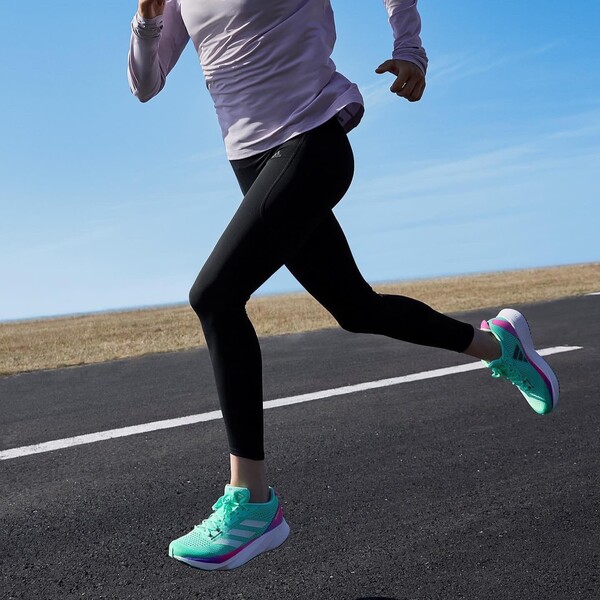
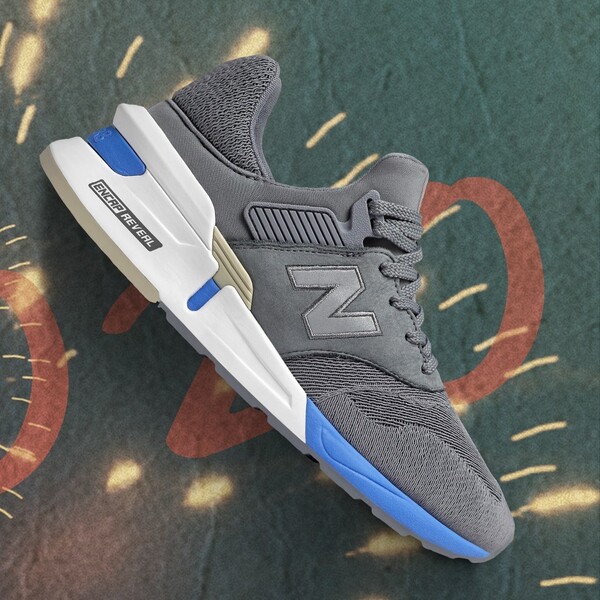
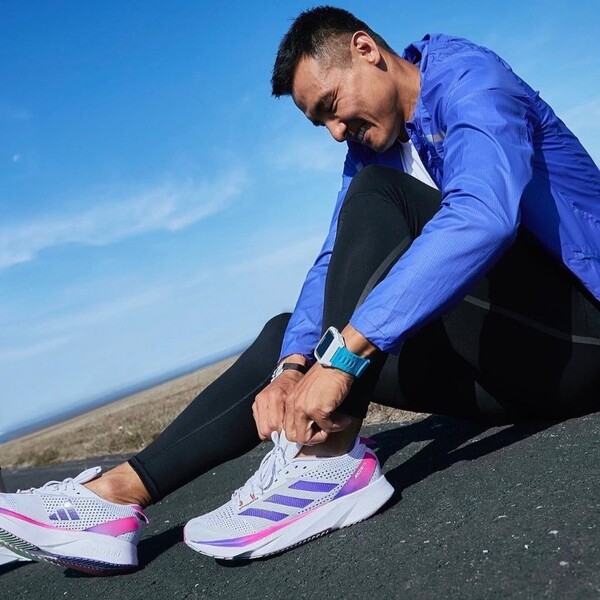
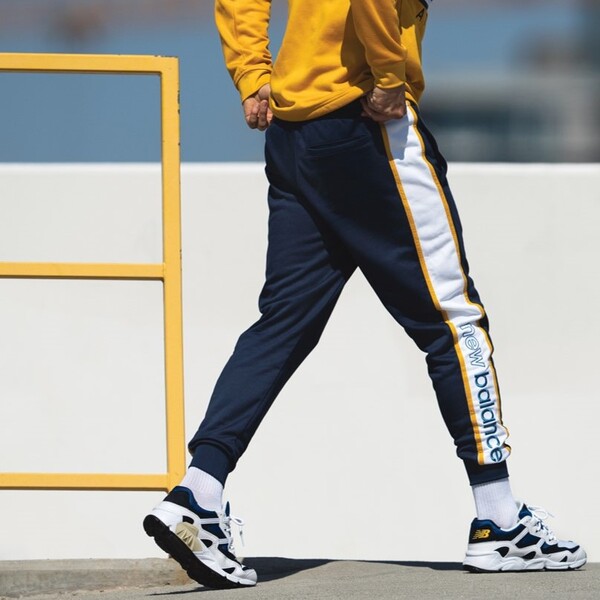

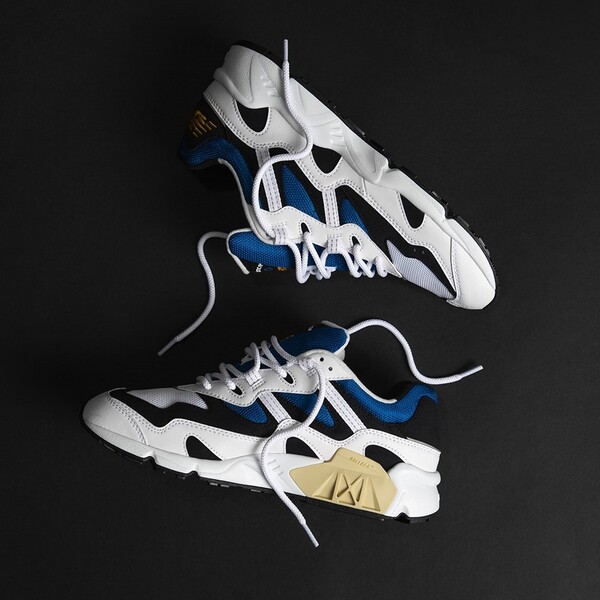
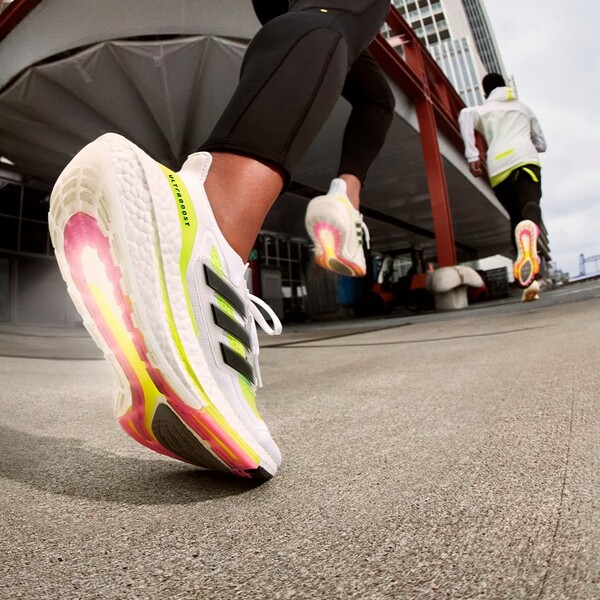
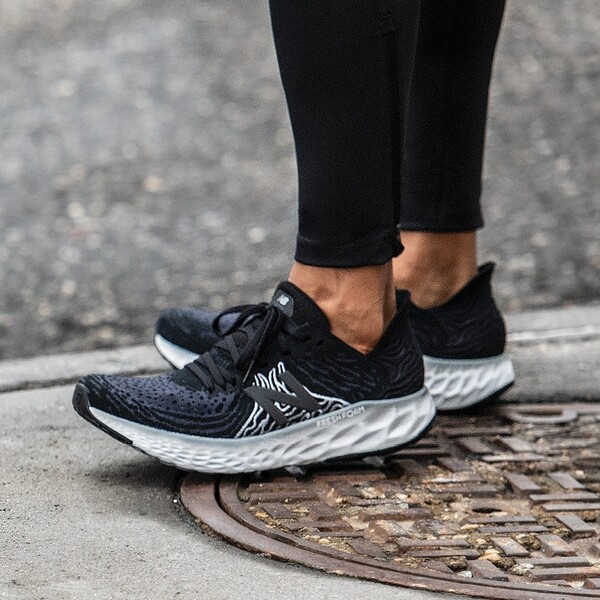
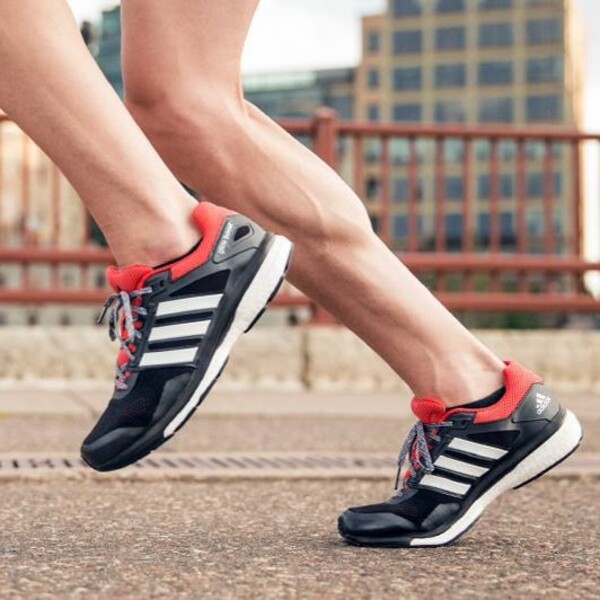
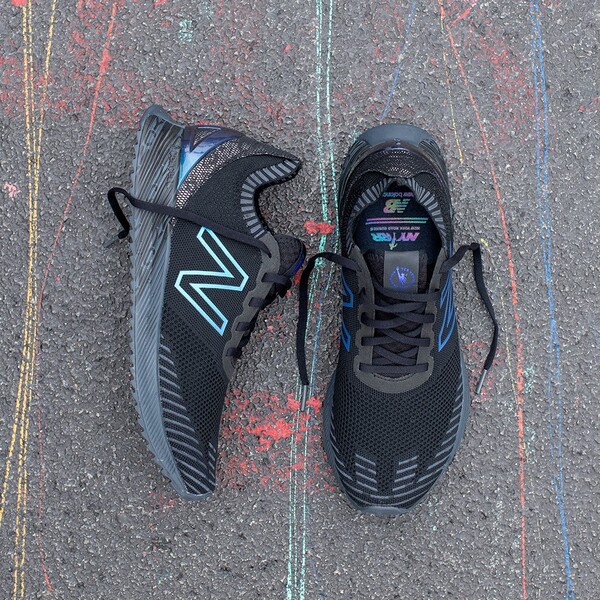
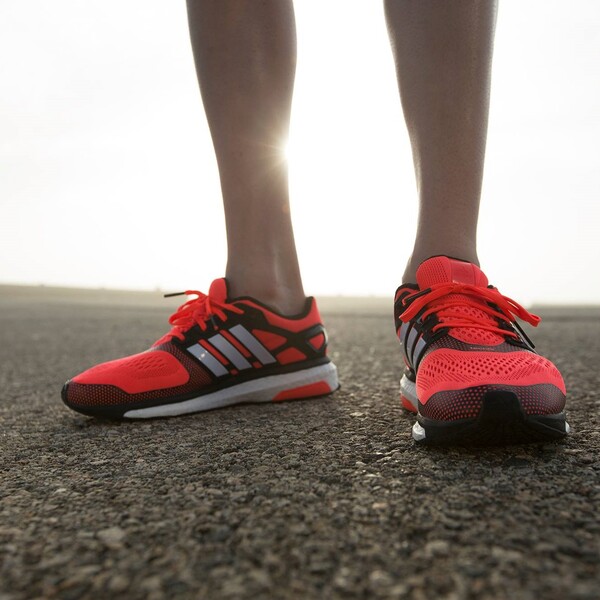
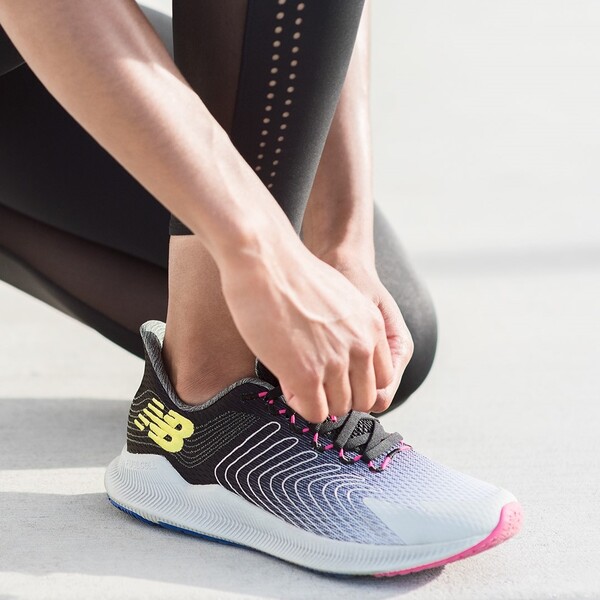
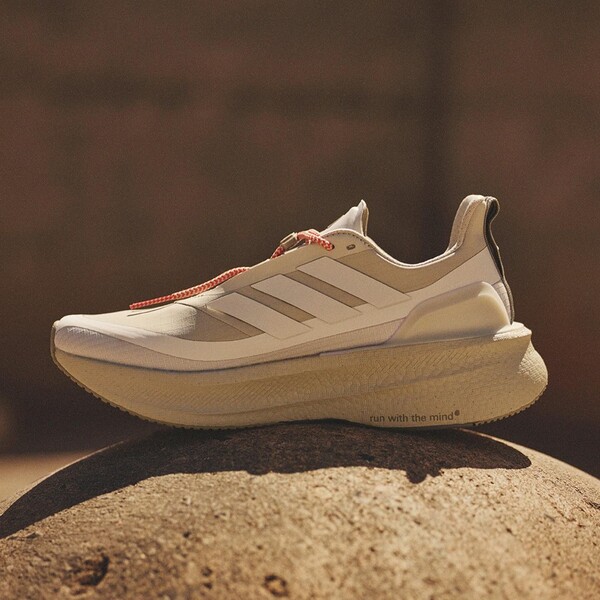
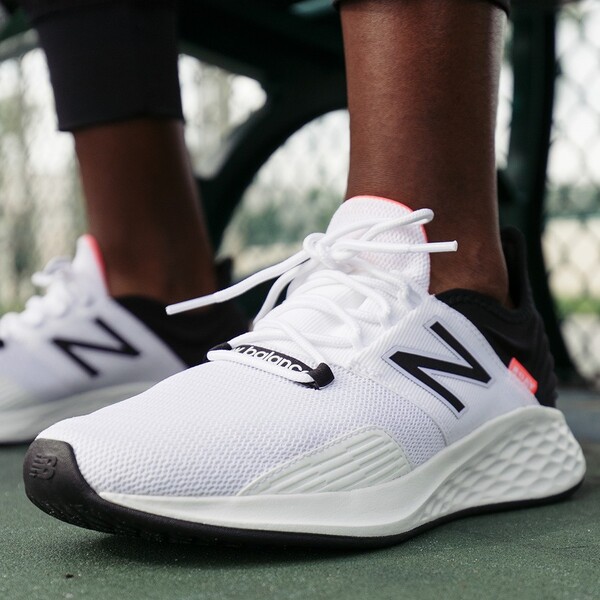
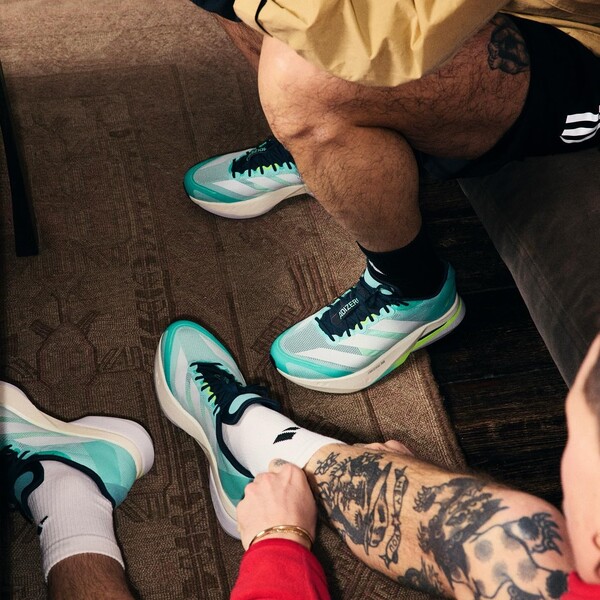
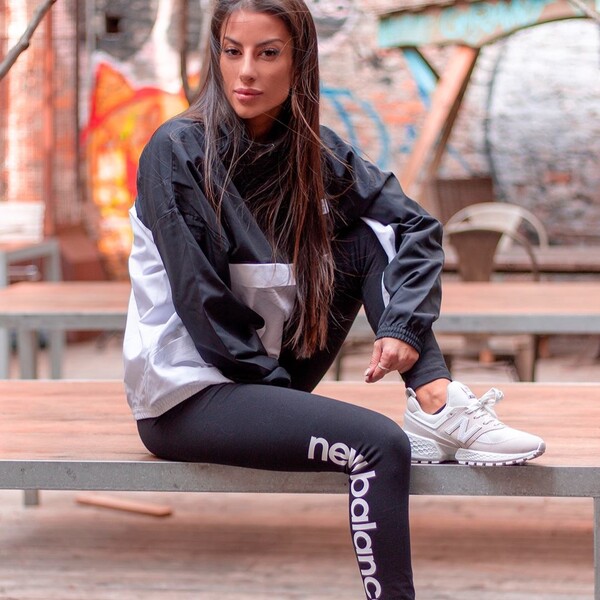
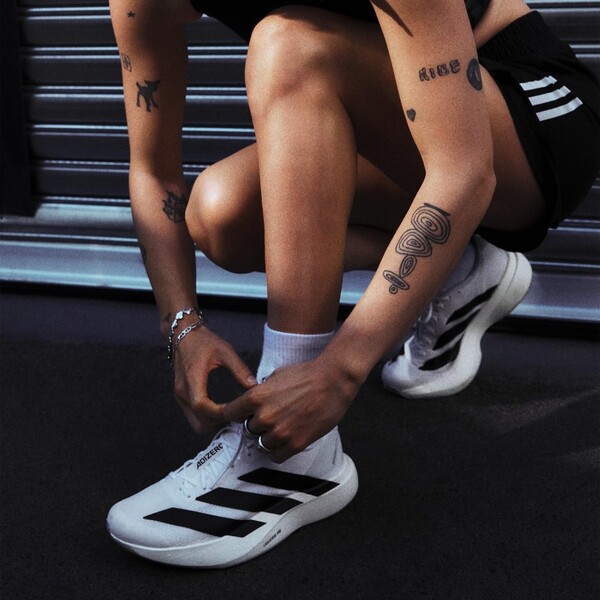
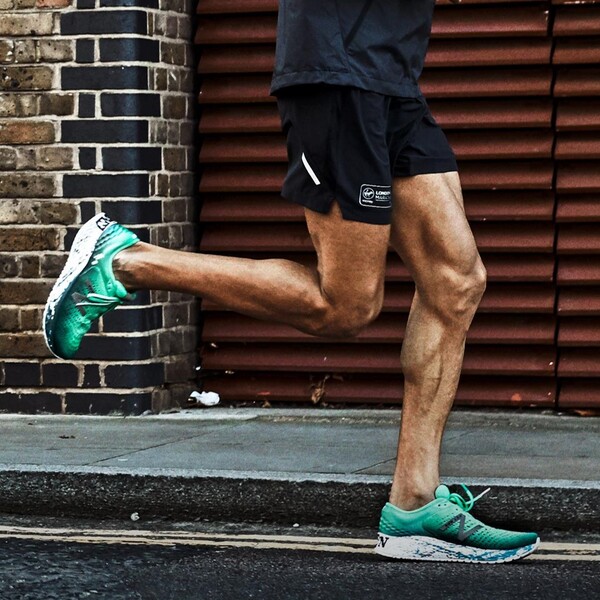
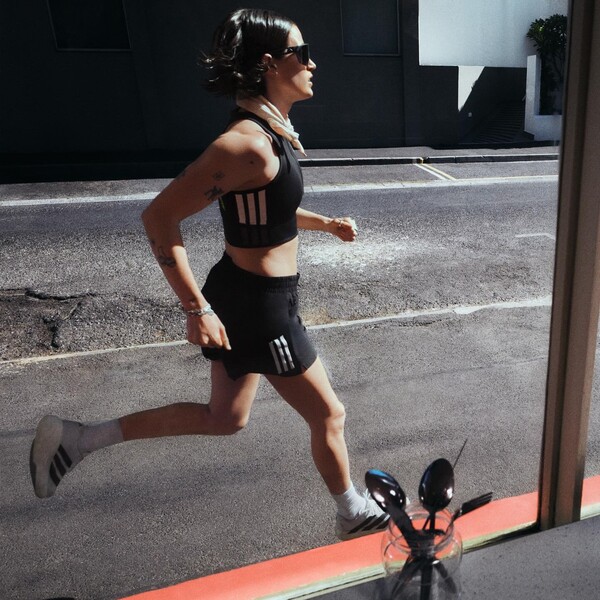

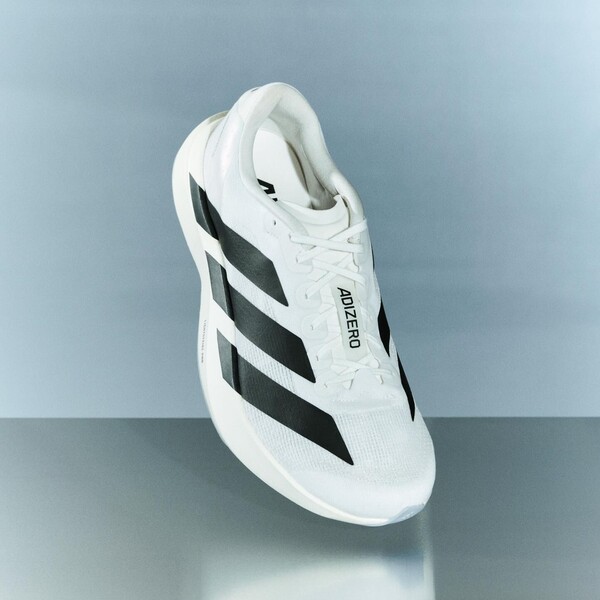
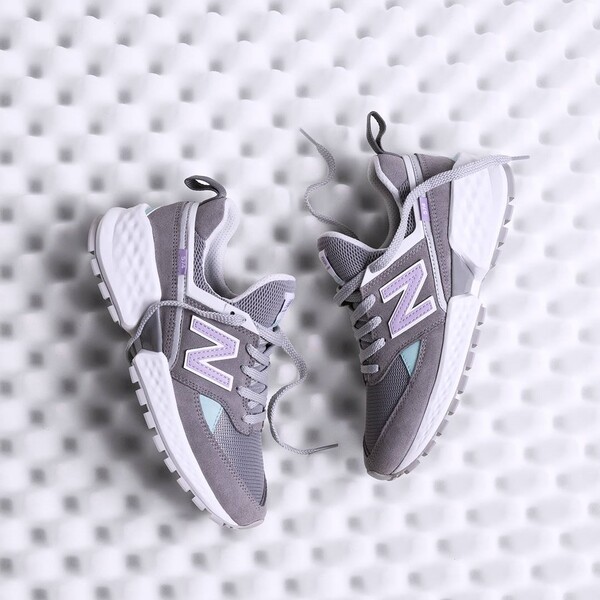
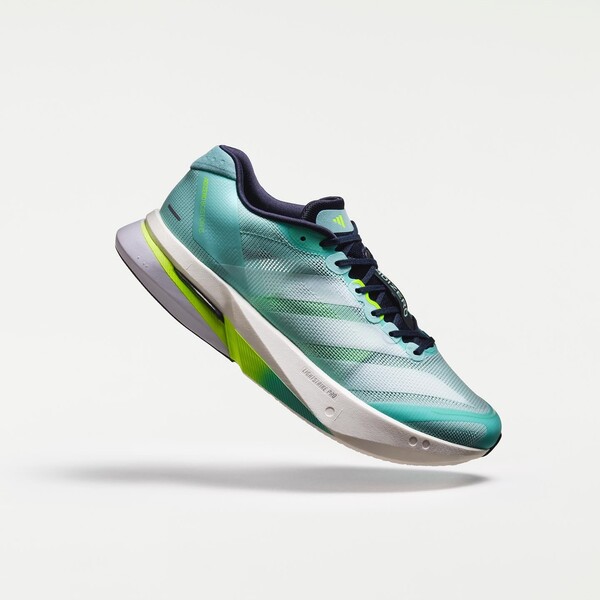
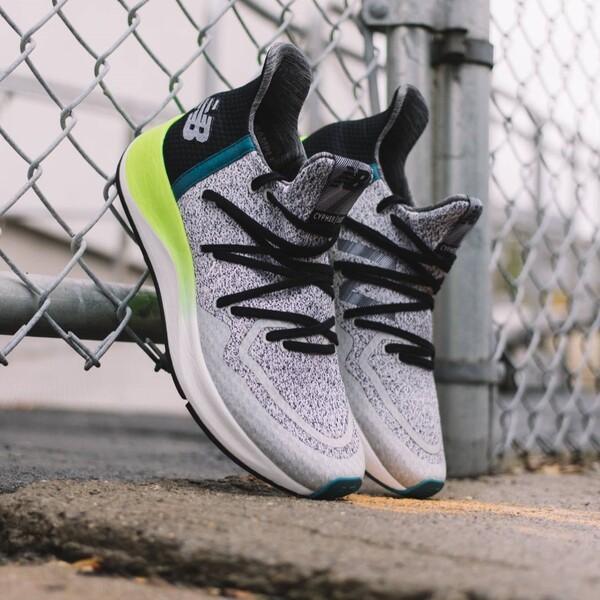
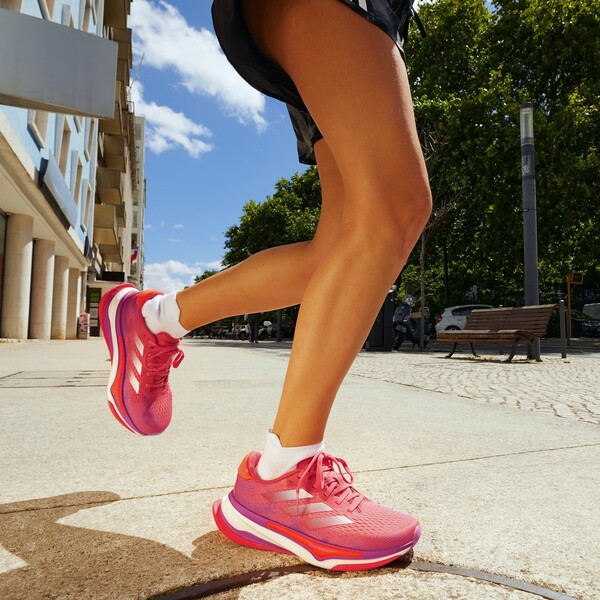
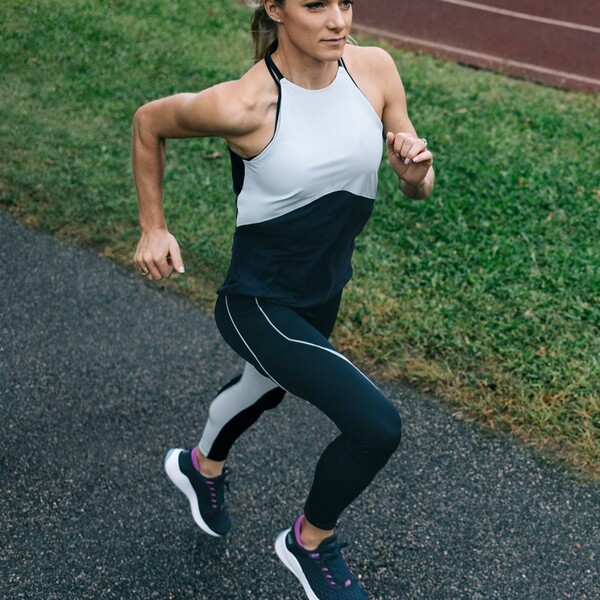

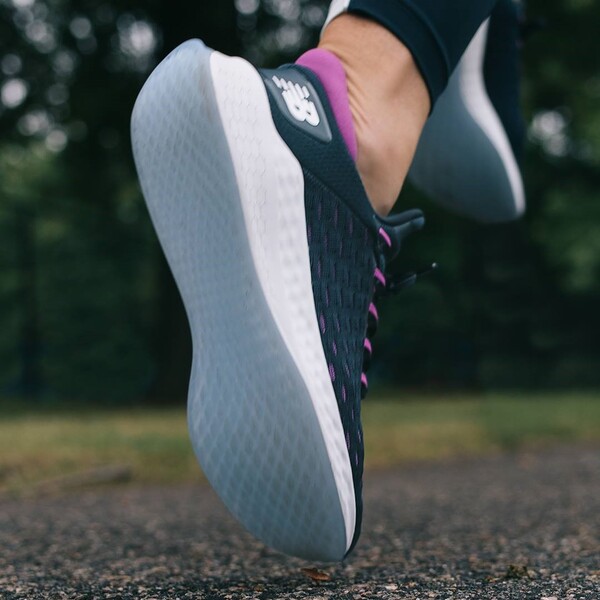
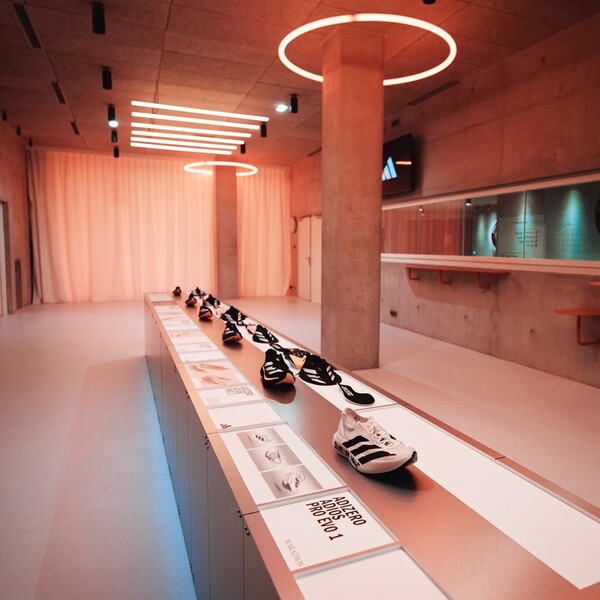
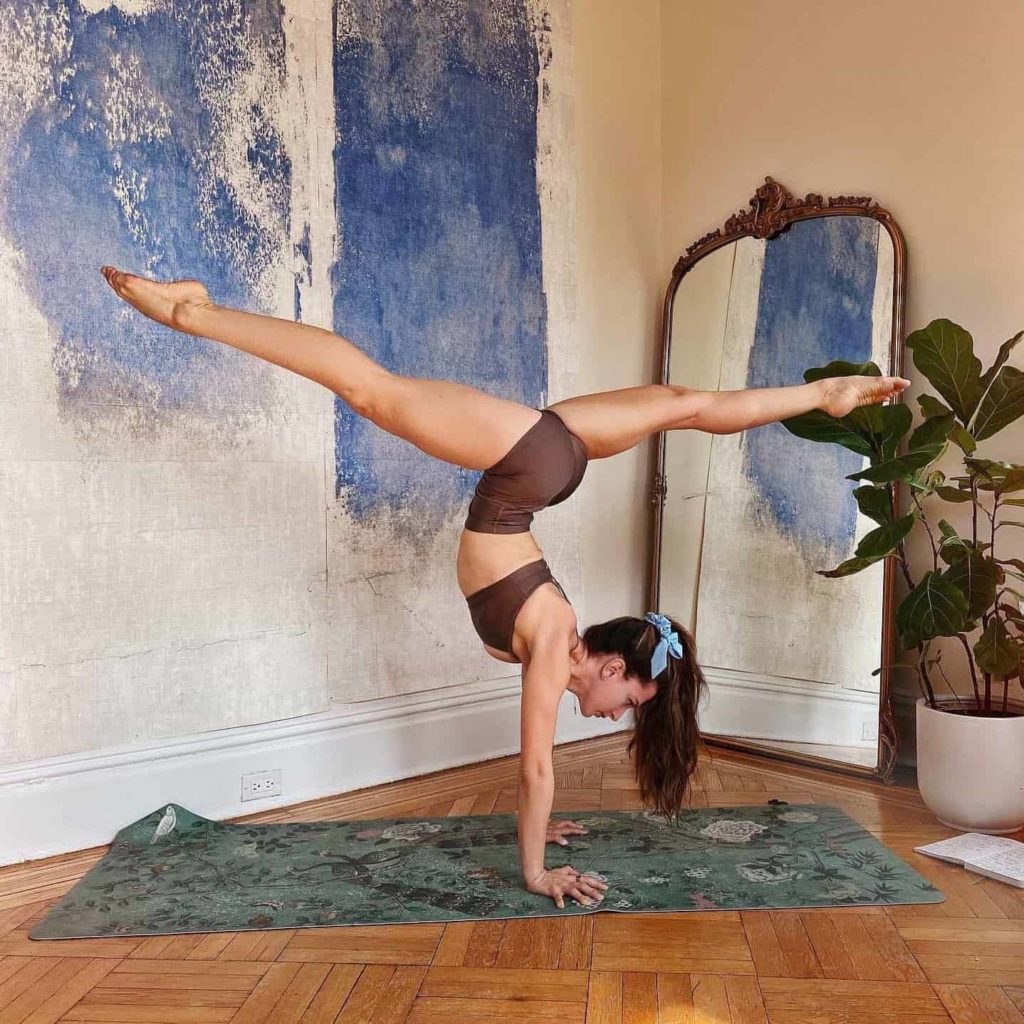
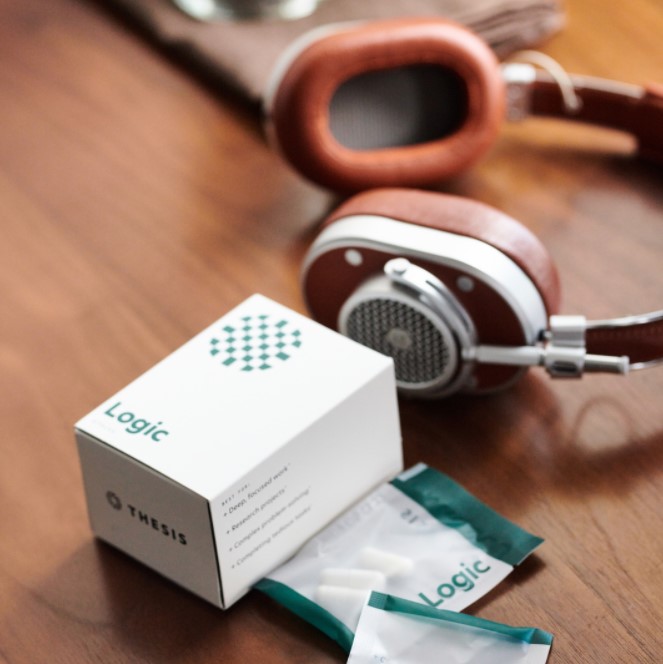

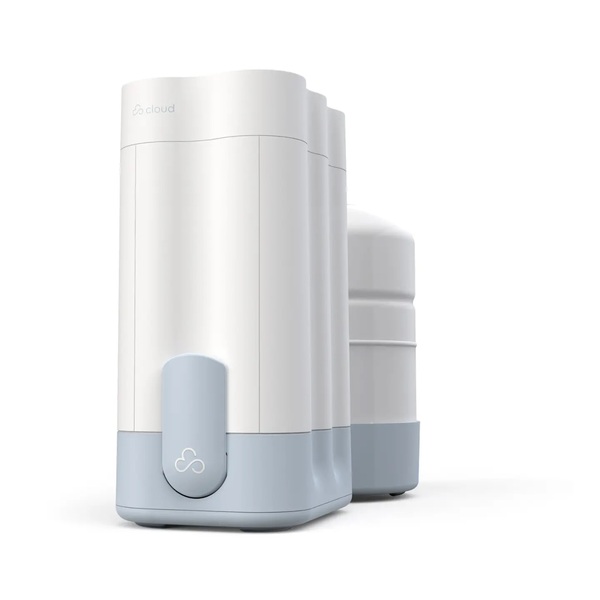

Ask the community or leave a comment
WRITE A REVIEWCustomer Reviews
Leave a review